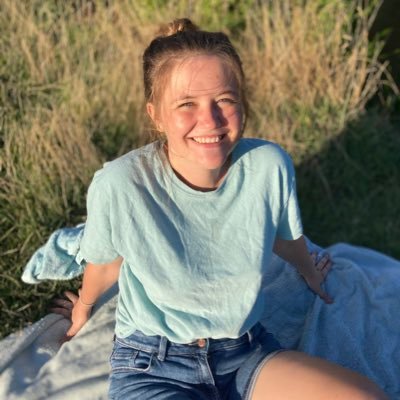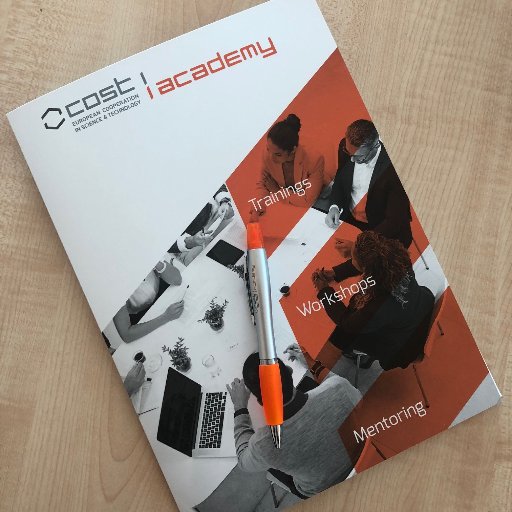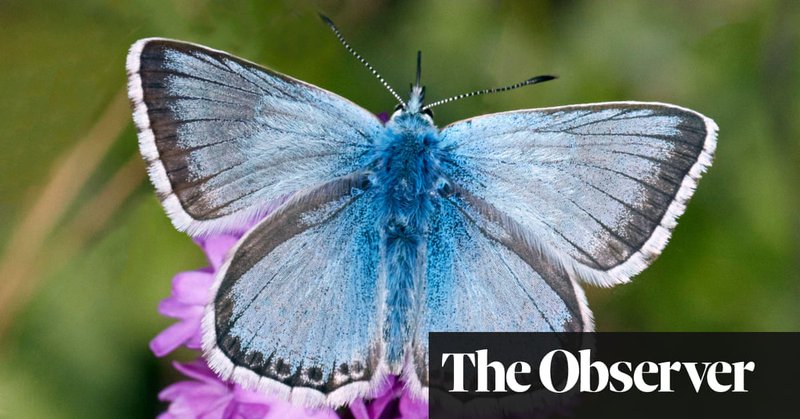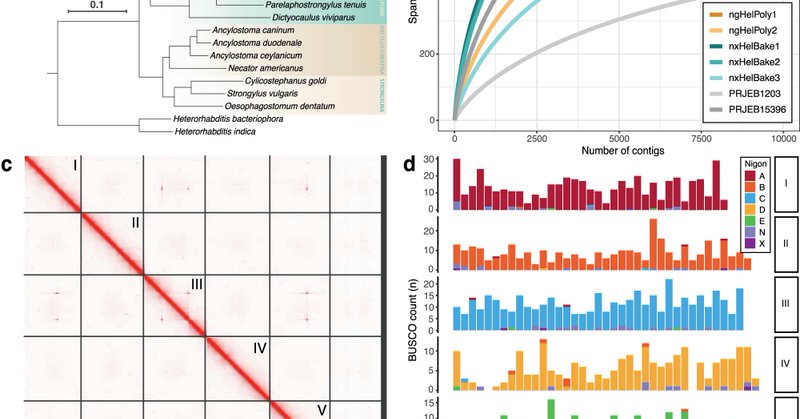
Charlotte Wright
@CharJWright
Followers
316
Following
433
Media
22
Statuses
176
Bluesky: @charlottewright.bsky.social PhD Student in @blaxterlab @darwintreelife at the @sangerinstitute & @cambridge_uni 🦋
Sanger Institute, Cambridge
Joined October 2019
New preprint! Using >200 chromosomal genomes, we reconstruct the chromosomes of the ancestral Lepidopteran and show that for over 250 million years of evolution, butterfly and moth genomes have largely been shaped by fusions involving small autosomes and the sex chromosome 🦋🧬
8
73
232
RT @EBPgenome: LIVE at #BG24 : Why sequence all butterflies? . @joana_meier and @CharJWright from @Psychegenome at @darwintreelife speak ab….
0
2
0
RT @EBPgenome: Don’t miss Mark Blaxter from @sangerinstitute at #BG24 tomorrow. His welcome talk will discuss building biodiversity genom….
0
8
0
An inspiring day spent at COST with lots of valuable insights including from previous COST leaders. Bring on the COST action which will support the Psyche community alongside LepEU kicking off in October!.
What a fun day spent with these inspiring future #COSTaction leaders! 👏 Our afternoon was filled with discussions and exercises on leadership. Thank you all for joining and for your contribution to the workshop. Looking forward to seeing you lead the new Actions! 🙌
0
0
4
RT @flygirlNHM: First time I've seen Fulgora laternaria - the bug that #MariaSibellaMerian illustrated over 300 years previous to me seeing….
0
31
0
It was a pleasure to talk to Robin McKie @ObserverUK about Project Psyche which is striving to sequence all 11,000 species of European butterflies and moths. A huge community effort! 🦋 @Psychegenome
theguardian.com
Project to study all 11,000 species of butterflies and moths finds ‘two species in the act of being created from one’
0
14
27
RT @KayLucek: What happens when strongly divergent species form zones of secondary contact? 👉 @HAugustijnen last paper with me @Mol_Ecol ht….
onlinelibrary.wiley.com
Replicated secondary contact zones can provide insights into the barriers to gene flow that are important during speciation and can reveal to which degree secondary contact may result in similar...
0
6
0
RT @crazy_chipkali: 🚨 🧵 We (@CamilleCornet17 , @scueridae , @KayLucek & I) are delighted to share our perspectives on how the 3D genome str….
0
21
0
RT @darwintreelife: Say hello to the large blue butterfly. This butterfly has had its genome sequenced by the @sangerinstitute. It went ext….
0
10
0
RT @TanjaStadler_CH: DECODING GENOMES - from sequences to phylodynamics: We are proud to present our book on how to analyse genomic sequenc….
0
190
0
RT @HAugustijnen: 1/7 I’m pleased to announce that my main PhD Chapter on the impact of chromosomal fusions and fissions on speciation of E….
science.org
Chromosomal rearrangements drive speciation rates in butterflies.
0
25
0
RT @jstgerlach: Exciting finds @Peterhouse_Cam this week: no sooner do we start rehabilitating the fen ditch than we have a sighting of a k….
0
4
0
RT @MolBioEvol: Transposable Element Insertions Are Associated with Batesian Mimicry in the Pantropical Butterfly Hypolimnas misippus https….
0
61
0
A wonderful writeup on our study also out today in @guardian @guardianeco, it was great to talk to @pgreenfielduk about butterfly genomics and why sequencing their genomes is so vital!.
0
4
16
Delighted that our work on chromosome evolution in Lepidoptera is published today! ✨🦋.
📰 Read ‘Comparative genomics reveals the dynamics of chromosome evolution in Lepidoptera’ with @sangerinstitute @SangerToL @darwintreelife @blaxterlab @CharJWright @marakat @phylewgenetics @EdinburghUni @thymelicus in @NatureEcoEvo ⤵️.
5
19
89
RT @PKapli: In this upcoming special issue we will discuss phylogenetic discordance throughout the #TreeofLife, from tips to root! Share yo….
0
23
0
RT @mao_626: Is sex chromosome turnover in Danaini butterflies driven by sex-biased gene content? Our article was just published in Molecul….
0
18
0
RT @biorxiv_evobio: Evolution of hybrid inviability associated with chromosome fusions #biorxiv_evobio.
0
11
0
RT @NatureComms: Host-parasite interactions can lead to negative frequency-dependent selection. Stevens et al. sequence the genomes of para….
nature.com
Nature Communications - Host-parasite interactions can lead to negative frequency-dependent selection. Here, the authors sequence the genomes of H. bakeri and H. polygyrus, parasites of house and...
0
7
0
RT @EizaguirreLab: New preprint, led by Charley @eugeniecyen 🌡️🐢🧬 Monitoring sublethal effects in the wild is challenging, esp. for #endang….
0
8
0











